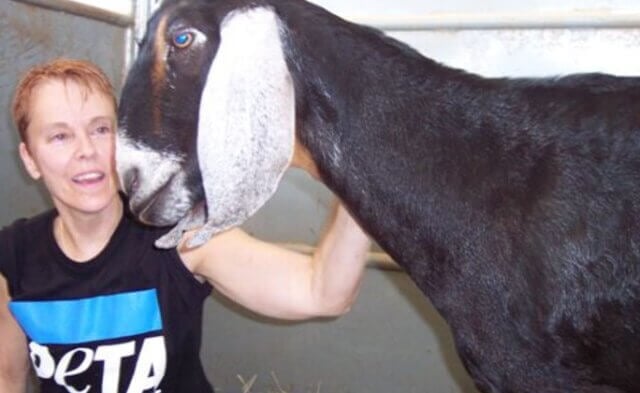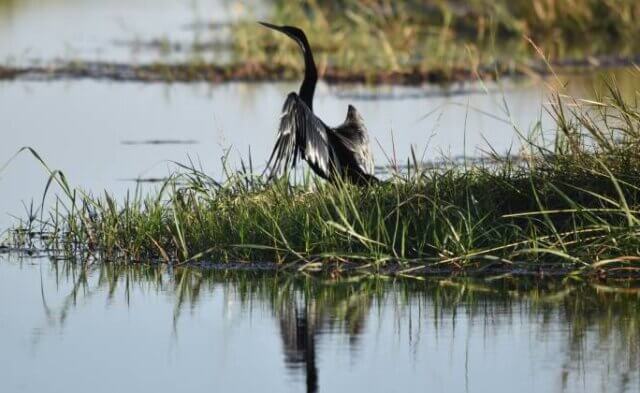If your family is planning a vacation in the waning weeks of summer, there is an easy way to save time and gas and avoid bringing home awful memories: Simply drive past decrepit roadside zoos and other cruel tourist traps that use animals. Vacationers with money to spend keep these archaic exhibits in business, and animals will continue to suffer and die as long as people heed the call of highway billboards and pull over.
I’ll never forget my own family’s summer trip through Tennessee. Growing restless in the back seat of the car, my sisters and I nagged our dad to stop and see the Three Bears Gift Shop in the Pigeon Forge tourist area. That stop became family lore about how our trip ended with three girls bawling their eyes out after seeing depressed, mouldy-looking bears in concrete pits being pelted with food. Decades later, Three Bears still exists, and another generation of bears is living in the same deprived conditions. Take my word for it: Don’t go.
Bears in the Cherokee area of North Carolina are in similarly abysmal conditions. Three roadside zoos—Cherokee Bear Zoo, Chief Saunooke Bear Park and Santa’s Land—display neurotic, hungry bears in desolate concrete pits or cramped cages in which they pace back and forth, walk in endless circles, cry, whimper and beg for tourists to toss them a morsel of food. Bears are intelligent, curious and energetic. They enjoy digging, constructing cozy nests, climbing and searching out berries and other treats. The bears in Cherokee’s zoos have nothing to do but walk a few steps or sleep on a concrete floor.
The otherwise glorious destination of Myrtle Beach, South Carolina, is marred by a place called T.I.G.E.R.S. This outfit rips baby animals away from their frantic mothers to be used as photo props. Do not be fooled by any claims of altruism—it’s all about the money. The operator of this roadside zoo also hauls animals around the country. Last year, an adult tiger escaped, and some years earlier, a lion mauled a model during a photo session.
If you’re thinking of heading to Six Flags in Vallejo, California, or Jackson, New Jersey, please cross these theme parks off your list. Elephants are forced to perform tricks and give rides to park visitors. Since 1995, eight elephants have died at the Six Flags Vallejo park, which still uses cruel bullhooks to “control” elephants. In one three-month period, 26 animals died at the New Jersey location.
Don’t let SeaWorld’s well-financed advertising department lull you into thinking that this is the right place for your family. Dolphins and orcas are confined to a life of swimming in endless circles in barren, concrete tanks. Nearly two dozen orcas have died in SeaWorld facilities in the last 25 years, but none died of old age. Dozens of bottlenose dolphins have also perished. If discount tickets are still enticing you, consider this: Do you want to take the chance that your child might experience the same horror as those who witnessed an orca batter a SeaWorld trainer to death last year?
When you hit the road this summer, please include compassion on your itinerary. Don’t pass a few hours at places where animals will continue to languish in misery long after you’re back home.





